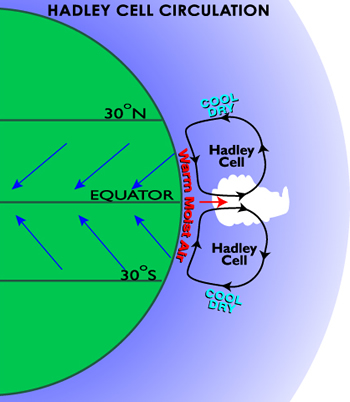The Hadley Cell involves air rising near the equator, flowing toward the North and South Poles, returning to the surface of the Earth in the subtropics, and flowing back toward the equator at the surface of the Earth. This produces winds called the trade winds and the tropical easterlies.
Click on image for full size
Image courtesy of Tinka Sloss
Hadley Cell
The Hadley cell is a circulation pattern in the atmosphere in the tropics. The Hadley cell produces winds called the tropical easterlies and the trade winds. In the Hadley cell, air rises up into the atmosphere at or near the equator, flows toward the poles above the surface of the Earth, returns to the Earth’s surface in the subtropics, and flows back towards the equator.
This flow of air occurs because the Sun heats air at the Earth’s surface near the equator. The warm air rises, and once it reaches the top of the troposphere it flows to the side toward the north and south poles. The Hadley cell eventually returns air to the surface of the Earth in the subtropics.
The winds produced by the hadley cell are turned toward the west by the Coriolis effect and become the trade winds or the tropical easterlies.
You might also be interested in:

Wind is moving air. Warm air rises, and cool air comes in to take its place. This movement creates the winds around the globe. Winds move at different speeds and have different names based on their speed.
...more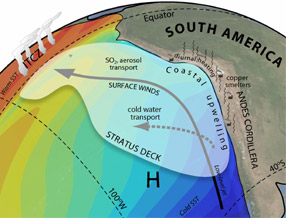
The winds in the Southeast Pacific mainly blow from south to north. They affect the weather and climate in the region. They also affect the climate in other places around the world. Air near the equator
...more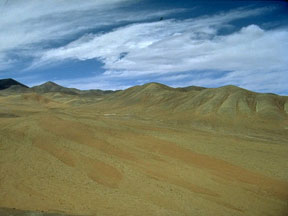
The Atacama Desert is one of the driest places on Earth. The Atacama is in the country of Chile in South America. In an average year, this desert gets less than 1 millimeter (0.04 inch) of rain! It is
...more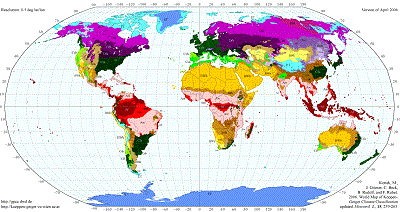
The average temperature, precipitation, and winds at a location determine its regional climate. These average weather conditions are determined by factors including the latitude and altitude of the region,
...more
Rainbows appear in the sky when there is bright sunlight and rain. Sunlight is known as visible or white light and is actually a mixture of colors. The sun's rays pass through millions of raindrops. A
...more
It takes the Earth one year to travel around the sun one time. During this year, there are four seasons: summer, autumn, winter, and spring. Each season depends on the amount of sunlight reaching the
...more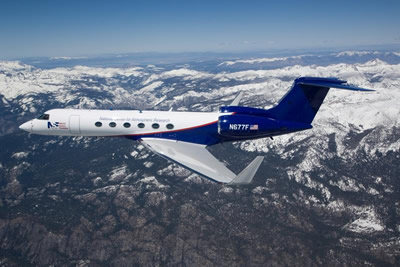
Scientists sometimes travel in airplanes that carry weather instruments in order to gather data about the atmosphere. These research aircraft bring air from the outside into the plane so scientists can
...more


